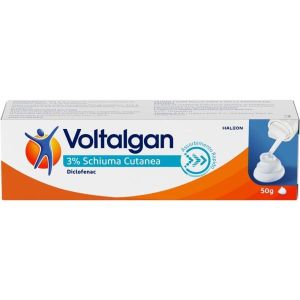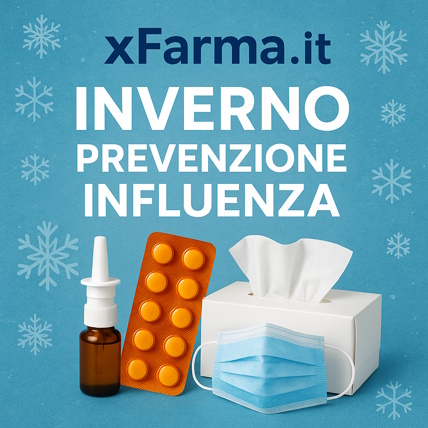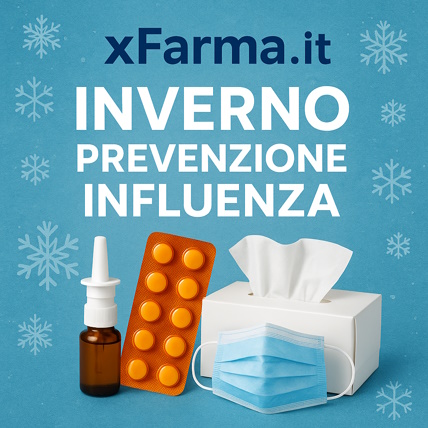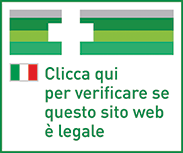Ship in Europe, Find out rates!
Voltalgan Skin Foam 3% Diclofenac Joint Pain 50g

- box Delivery in Italy in 24/48 and free returns
- star3.000+ positive reviews
- dropboxOver 60,000 products in the catalog
Product details
Indications
Voltalgan is used in the local treatment of painful and inflammatory conditions of a rheumatic or traumatic nature of the joints, muscles, tendons and ligaments.
Dosage and method of use
Voltalgan is used according to the following doses:
Adults and adolescents over 14 years: apply the drug 1-3 times a day.
For each application, spray on the palm of the hand, depending on the size of the area to be treated, a circular mass of foam of 3-5 centimeters in diameter (equal to about 0.75-1.5 grams in weight), massaging gently until completely absorption. In case of iontophoresis treatment, the product must be applied to the negative pole. The medicine can also be used in combination with ultrasound therapy.
Children and adolescents below 14 years: There are insufficient data on efficacy and safety in children and adolescents below 14 years. The drug should not be used for longer than 14 days.
In children aged 14 and over, if this product is needed for more than 7 days to relieve pain or if symptoms worsen, the adolescent's patient / parents are advised to consult a physician.
How to use: shake before use. With the can upside down, dispense the desired quantity by pressing the appropriate dispenser.
Contraindications
Hypersensitivity 'to diclofenac or to any of the excipients
Patients who have experienced asthma attacks, hives or acute rhinitis after taking acetylsalicylic acid or other non-steroidal anti-inflammatory drugs (NSAIDs)
Third trimester of pregnancy.
Children and adolescents: use in children and adolescents under the age of 14 years is contraindicated.
Special warnings
The possibility of systemic adverse events with the application of topical diclofenac cannot be excluded if the preparation is used on large skin areas and for a prolonged period. Topical diclofenac should only be applied to intact, non-diseased skin, and not to skin wounds or open lesions. It should not be allowed to come into contact with eyes or mucous membranes and should not be ingested. Discontinue treatment if skin rash develops after application of the product. Topical diclofenac can be used with non-occlusive dressings, but should not be used with an occlusive dressing that does not allow air to pass. The concomitant use of systemic anti-inflammatory drugs is not recommended in elderly and / or gastric patients.
Asthmatic patients, with chronic obstructive diseases of the bronchi, allergic rhinitis or inflammation of the nasal mucosa (nasal polyp), react, with asthmatic attacks, local inflammation of the skin, mucosa (Quincke's edema) or urticaria, to the antirheumatic treatment carried out with NSAIDs , more often than other patients. The administration of the drug should be suspended in women who have fertility problems 'or who are undergoing investigation of fertility'. The use of the drug, especially if prolonged, can give rise to local sensitization phenomena, which require the interruption of treatment and the adoption of adequate therapeutic measures. To reduce any phenomena of photosensitization it is advisable not to expose yourself excessively to the sun during use. In case of allergic reactions or adverse reactions of major importance, it is necessary to discontinue therapy.
Pregnancy and breastfeeding
The systemic concentration of diclofenac compared with oral formulations is lower after topical administration. Referring to the experience with treatment with NSAIDs for systemic administration, the following is recommended: inhibition of prostaglandin synthesis can negatively affect pregnancy and / or embryo / fetal development. Results of epidemiological studies suggest an increased risk of miscarriage and cardiac malformation and gastroschisis after use of a prostaglandin synthesis inhibitor in early pregnancy. The risk was believed to increase with dose and duration of therapy. In animals, administration of prostaglandin synthesis inhibitors has been shown to cause an increase in pre- and post-implantation loss and embryo-fetal mortality. Furthermore, an increased incidence of various malformations, including cardiovascular, has been reported in animals administered prostaglandin synthesis inhibitors during the organogenetic period.
During the first and second trimester of pregnancy, diclofenac should not be administered except in strictly necessary cases. If diclofenac is used by a woman attempting to conceive, or during the first and second trimester of pregnancy, the dose should be kept as low as possible and the duration of treatment as short as possible.
During the third trimester of pregnancy, all prostaglandin synthesis inhibitors can expose the fetus to: cardiopulmonary toxicity; renal dysfunction, which may progress to renal failure with oligo-hydroamnios; the mother and the newborn, at the end of pregnancy, to: possible prolongation of the bleeding time, and antiplatelet effect which can occur even at very low doses; inhibition of uterine contractions resulting in delayed or prolonged labor. Consequently, diclofenac is contraindicated during the third trimester of pregnancy.
Diclofenac passes into breast milk in small amounts. However, no effects on the infant are anticipated at therapeutic doses of the medicinal product. Due to the lack of controlled studies in breastfeeding women, the product should only be used during breastfeeding under the advice of a healthcare professional. In this circumstance, the drug should not be applied to the breasts of nursing mothers, nor elsewhere on large areas of skin or for an extended period of time.
Expiration and retention
Check the expiration date indicated on the package. The expiry date indicated on the package refers to the product in intact packaging, correctly stored. Keep away from heat sources and naked flames.
Warning: do not use the medicine after the expiry date indicated on the package.
Composition
Voltalgan Skin Foam contains:
Active ingredient: Diclofenac 3 g
Excipients: Sodium hydroxide, caprilocapric macrogolglycerides, hydrogenated soy lecithin, polysorbate 80, benzyl alcohol, potassium sorbate, disodium phosphate dodecahydrate, all-rac-α-tocopheryl acetate, mint / eucalyptus fragrance, purified water.
Voltalgan 3% Skin Foam in packs of 50 grams
| Destination | Cost | Detail |
|---|---|---|
| Italy | €5,90* | 24/72H |
| Austria, France, Germany, Slovenia | € 13* | 3 days |
| Belgium, Luxembourg, Portugal, Netherlands, Spain | € 14* | 4 days |
| Bulgary, Cechia, Hungary, Poland, Romania, Slovakia | € 19* | 5 days |
| Denmark, Estonia, Finland, Ireland, Lithuania, Latvia ,Sweden | € 22* | 5 days |
| United Kingdom, Switzerland, Greece, Malta/td> | € 30* | 7 days |
| Canada | € 40 | 7 Days |
European shipments with express courier: FedEx, MBE, DHL
*For the shipment outside band B ther's an extra cost of 22€ *For the shipment outside band C ther's an extra cost of 30€ Delivery Times exclude Saturday and Holidays
For Islands and Areas of difficult Accessibility the shipments are made in 72 hours and the cost will be increased by 15€


